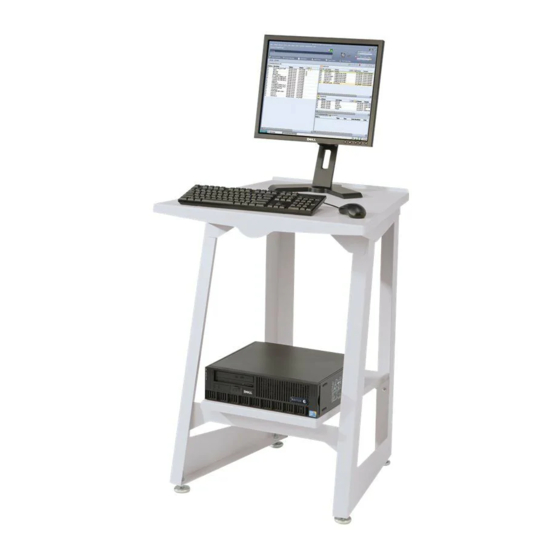8.1.1.4
USING IMMEDIATE IMAGE OVERWRITE (IIO)
The Immediate Image Overwrite (IIO) feature is designed to keep the system clean while it is
being used. The status of the feature is displayed on the "Security" page as shown below by the
solid circle. To enable or disable the feature simply press the button highlighted by the dashed
circle on the page below.
To ensure that the hard drive is clean and remains clean, it is recommended that IIO be enabled
and then an ODIO be performed. Certain configuration changes (enabling of scanner, postscript,
scan-to-net etc) result in repartitioning of the hard drive, which could result in non-image
partitions occupying sectors that were previously imaged, or verse visa. It is recommended that
the hard drive be clean (running IIO, or by performing an ODIO) prior to the configuration change
and then be cleaned by performing an ODIO after the configuration change. If the hard drive is
not clean prior to the configuration change it is possible that a section of the hard drive containing
image data could end up in a non-image partition and will not be cleaned by an ODIO. If an
ODIO is not performed after the configuration change, than any sectors from non-imaged
partitions which are now in image containing partitions will look dirty because they do not contain
the required pattern.
When IIO is enabled, each print or copy image is overwritten after it is printed and the scan-to-net
images are overwritten after they are deleted from the controller. This operation happens without
any significant delay in processing and printing of jobs. The one exception is that deleting large
scanned jobs may take a few minutes to free up the disk space so that it can be used again.
While IIO is enabled, the controller will keep the HDD clean. If the controller is rebooted during
the processing of a job, it will clean the partitions on which the job was stored before it completes
it boot-up sequence. This may take as long as an ODIO depending on what type of jobs were
being processed.
Additionally, two features (raster stamps, and image recall) are disabled when IIO is enabled.
When IIO is enabled raster stamps are rejected and an error page is printed with the message
Page 16

